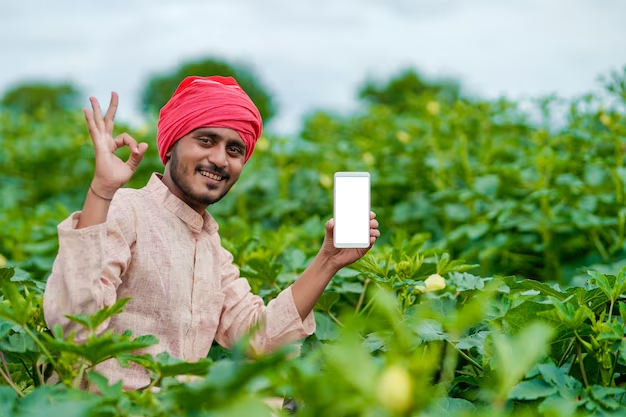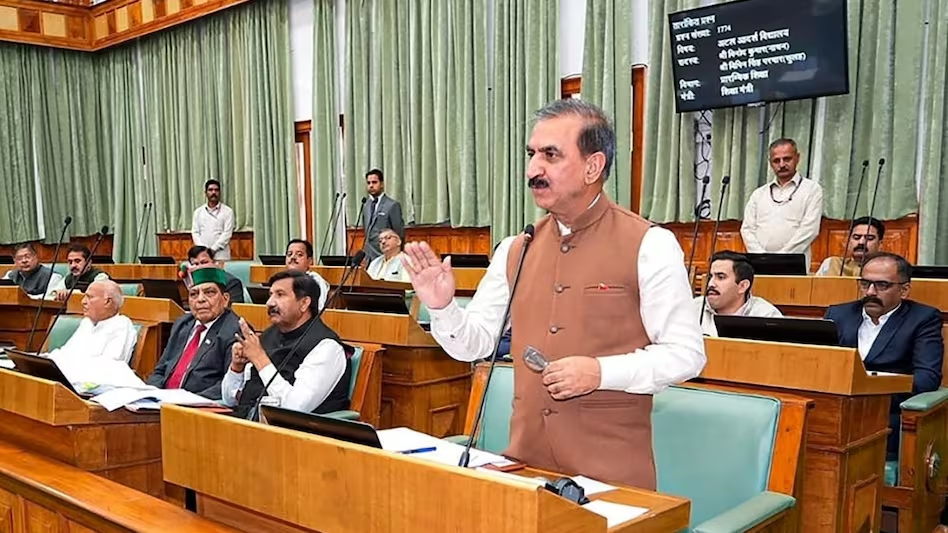- Courses
- GS Full Course 1 Year
- GS Full Course 2 Year
- GS Full Course 3 Year
- GS Full Course Till Selection
- Answer Alpha: Mains 2025 Mentorship
- MEP (Mains Enrichment Programme) Data, Facts
- Essay Target – 150+ Marks
- Online Program
- GS Recorded Course
- Polity
- Geography
- Economy
- Ancient, Medieval and Art & Culture AMAC
- Modern India, Post Independence & World History
- Environment
- Governance
- Science & Technology
- International Relations and Internal Security
- Disaster Management
- Ethics
- NCERT Current Affairs
- Indian Society and Social Issue
- NCERT- Science and Technology
- NCERT - Geography
- NCERT - Ancient History
- NCERT- World History
- NCERT Modern History
- CSAT
- 5 LAYERED ARJUNA Mentorship
- Public Administration Optional
- ABOUT US
- OUR TOPPERS
- TEST SERIES
- FREE STUDY MATERIAL
- VIDEOS
- CONTACT US
Digital technology (E-technology) in the aid of farmers
Digital technology (E-technology) in the aid of farmers

Digital technology (E-technology) in the aid of farmers
Digital technologies are playing a crucial role in transforming Indian agriculture by providing farmers with access to information, markets, and financial services.
How digital technologies can help farmers?
- Crop monitoring: Digital tools such as remote sensing and drones can help farmers monitor their crops for pests, diseases, and nutrient deficiencies. For example, the Indian start-up AgroScout has developed an AI-powered app that uses image recognition to detect crop diseases in real-time.
- Weather forecasting: Digital tools such as mobile apps and SMS-based services can provide farmers with accurate weather forecasts, allowing them to plan their farming activities accordingly. For example, the Indian Meteorological Department provides farmers with weather updates through its Kisan SMS service.
- Market access: Digital platforms such as e-commerce websites and mobile apps are helping farmers reach new markets and get better prices for their produce. For example, the Indian e-commerce platform AgriBazaar connects farmers directly with buyers, eliminating intermediaries and reducing transaction costs.
- Financial services: Digital platforms such as mobile banking and digital wallets are helping farmers access financial services such as loans and insurance. For example, the Indian start-up PayAgri has developed a mobile app that provides farmers with access to credit and insurance products.
- Precision agriculture: Digital tools such as precision farming sensors and GPS-enabled tractors are helping farmers optimize their use of resources such as water and fertilizer. For example, the Indian start-up FarmAgain has developed a low-cost precision farming solution that uses sensors to monitor soil moisture and temperature.
- Training and extension services: Digital tools such as online courses and mobile apps are helping farmers access training and extension services to improve their farming practices. For example, the Indian start-up AgroStar provides farmers with access to expert advice and product recommendations through its mobile app.
Examples of Digital initiative for agriculture in India
- Kisan Call Centre: The Ministry of Agriculture and Farmers Welfare launched this program in 2004 to take advantage of the potential of ICT in agriculture.The primary objective of the project is to respond to phone calls from farmers in their native tongue.
- Village Resource Centres: Space-based services are provided by Village Resource Centres in rural areas. They are one of the few initiatives that uses satellite data from Earth Observation (EO) and the Satellite Communication (SATCOM) network to reach out to villages and meet the needs of the people there.
- Digital Agriculture Mission:Projects based on emerging technologies like artificial intelligence (AI), blockchain, remote sensing and geographic information systems (GIS), and the use of robots and drones will be supported and accelerated by the Digital Agriculture Mission, which will run from 2021 to 2025.
- AgriStack: The Ministry of Agriculture and Farmers Welfare plans to create a collection of technology-based agricultural interventions called "AgriStack." It will establish a single platform through which farmers can receive services from beginning to end throughout the agriculture food value chain.
- National Agriculture Market: also known as e-NAM, is an online platform in India for trading agricultural commodities. Through the market, commodities can be traded online between farmers, traders, and buyers.
Issues With Farmers in Accessing Digital Technologies in India
While digital technologies offer numerous benefits to farmers in India, there are also several challenges that prevent farmers from accessing and using these technologies effectively.
Some of the key issues with farmers accessing digital technologies in India:
- Lack of digital literacy: Many farmers in India have limited digital literacy and may not be familiar with how to use digital technologies effectively. This can be a major barrier to accessing and using digital platforms and services.
- Poor internet connectivity: Internet connectivity is often poor in rural areas of India, where many farmers live and work. This can make it difficult for farmers to access digital platforms and services, particularly those that require high-speed internet connections.
- Cost: The cost of digital devices and services can be prohibitive for many farmers, particularly those who are small-scale or have limited resources. This can prevent farmers from investing in digital technologies that could help them improve their farming practices.
- Language barriers: Many digital platforms and services are only available in English or other languages that may not be familiar to farmers. This can make it difficult for farmers to access and use these services effectively.
- Lack of technical support: Farmers may not have access to the technical support they need to troubleshoot issues with digital devices or platforms. This can make it difficult for them to adopt digital technologies effectively.
Overall, digital technologies are helping Indian farmers improve their productivity, reduce costs, and access new markets and financial services. These technologies are playing a crucial role in transforming Indian agriculture and improving the livelihoods of farmers.




